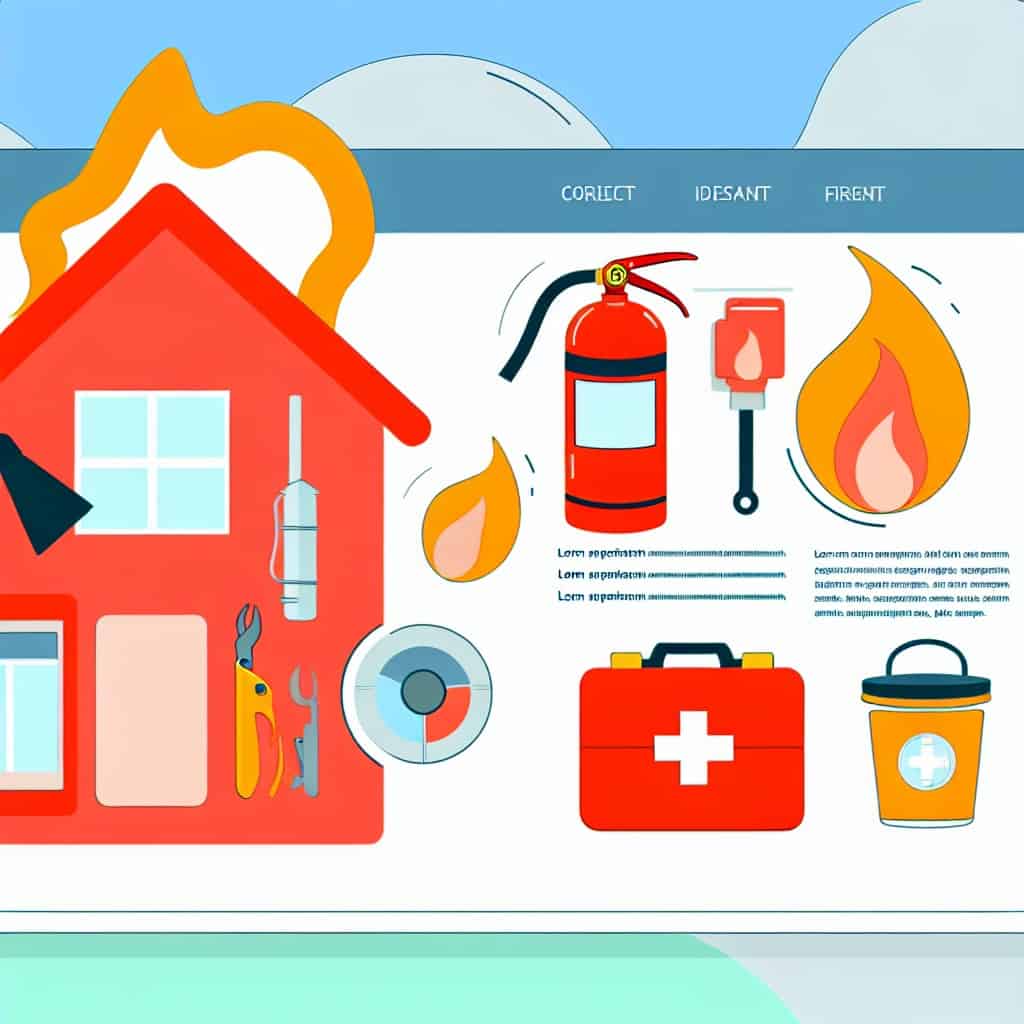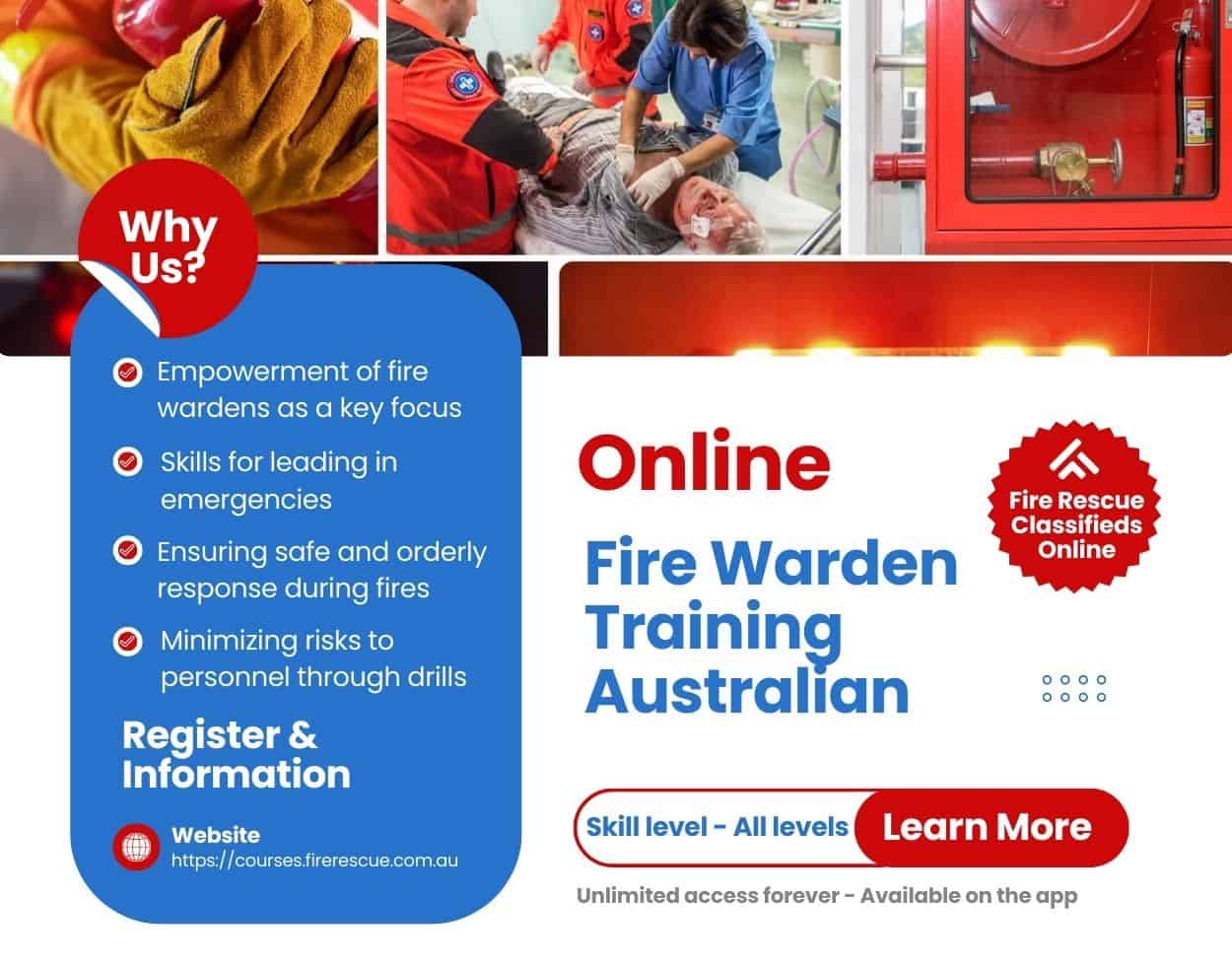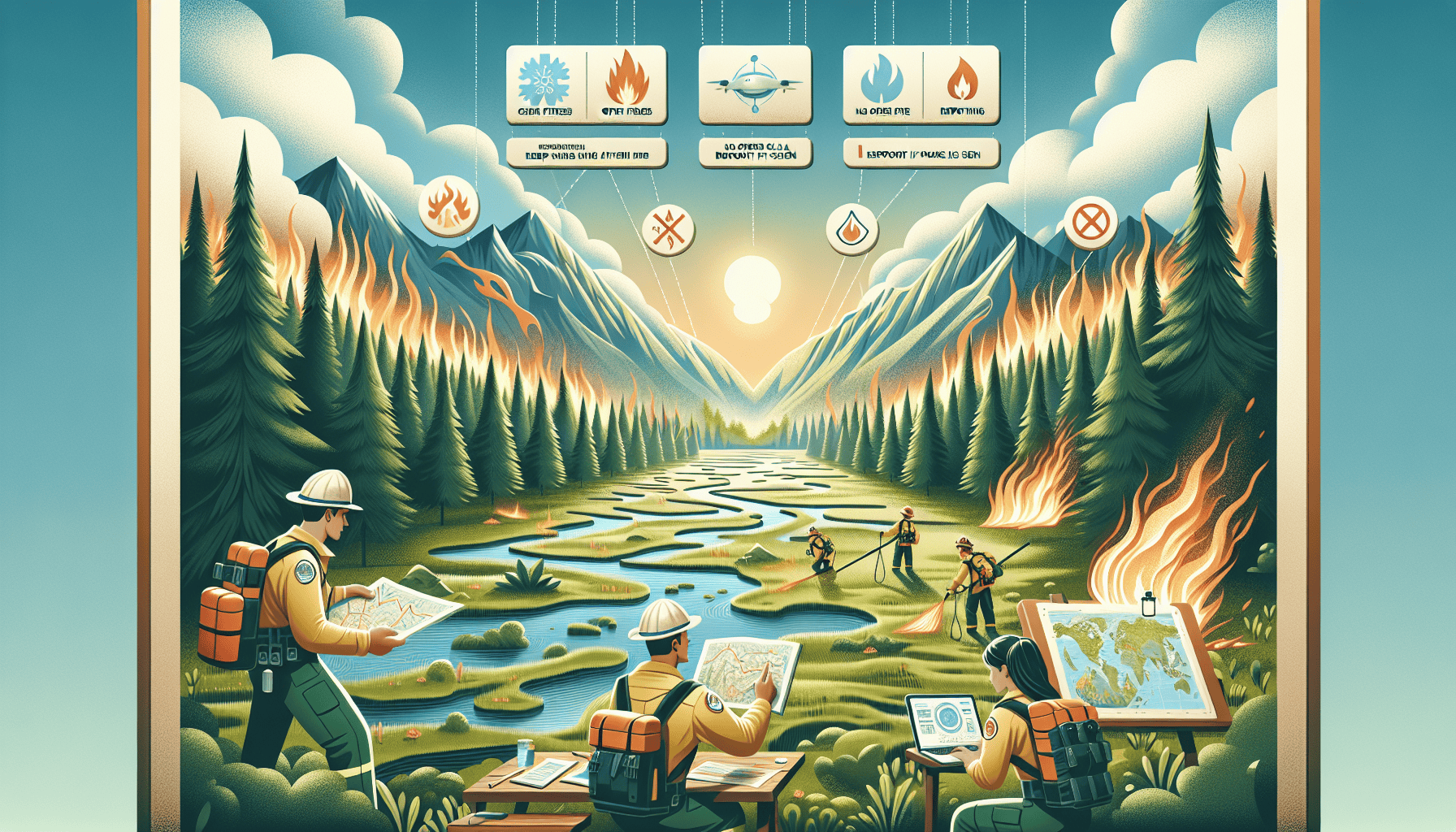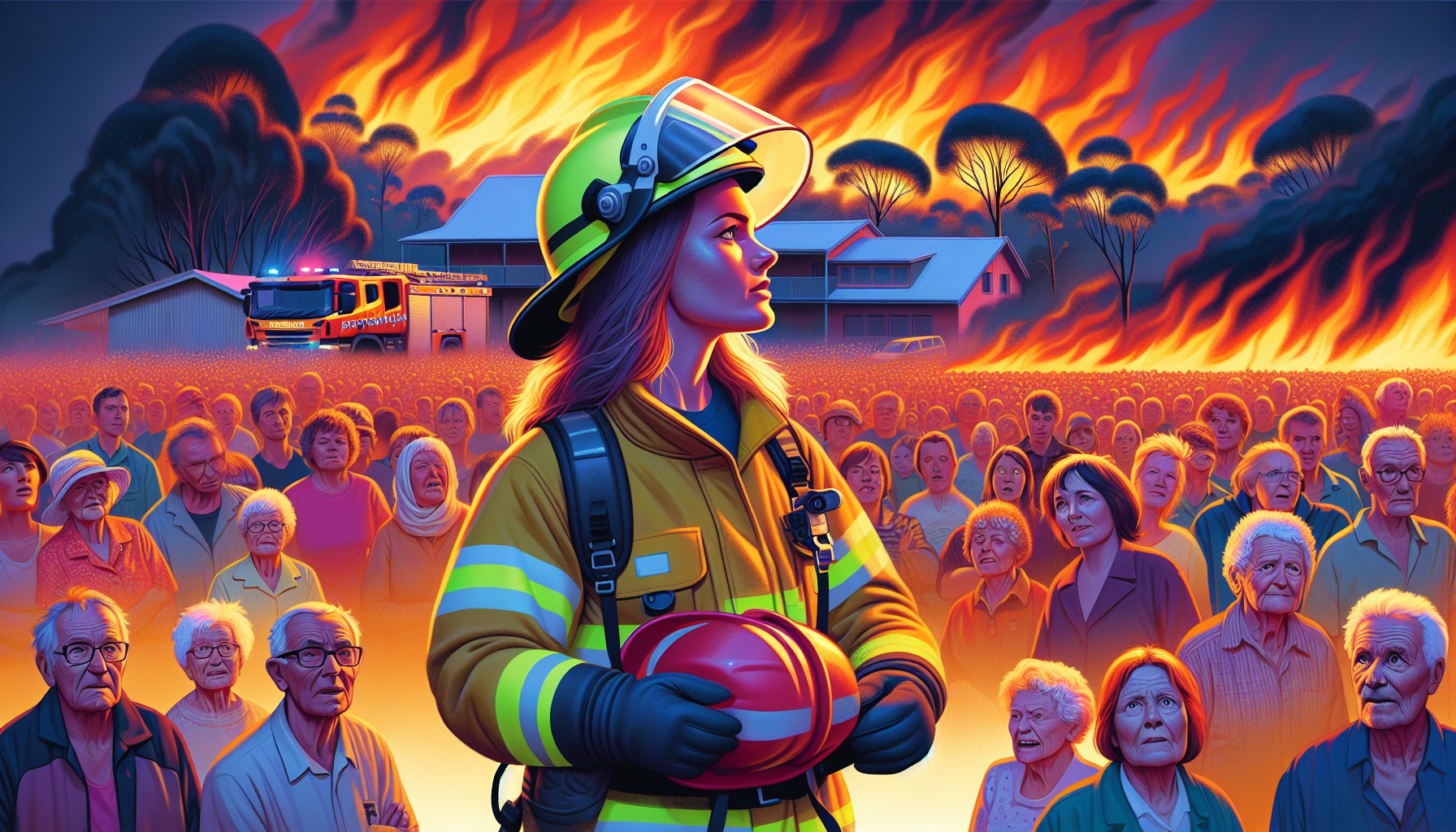Home sweet home is where we relax, laugh, make memories, and maybe even find out we’re not great at making pancakes. While our homes are our safe places, they’re also where little (sometimes big) accidents can happen. Fire emergencies are one of the scariest things that can occur. The problem is, fires don’t announce themselves like unwanted guests. They can start suddenly, spread quickly, and if you’re not ready, the consequences could be really bad.
But don’t worry—I’m here to bring you the ultimate guide to fire safety at home, packed with practical tips and a bit of humor (because fire safety doesn’t have to be boring). Ready to make your home a safer, smarter place? Let’s get to it.
Why Fire Safety Is Everyone’s Responsibility
Did you know that U.S. fire departments respond to over 350,000 house fires every single year? That’s a big number! These fires cause thousands of injuries, billions in property damage, and a lot of heartbreak. But the good news is, with some preparation, many of these fires can be avoided. While nobody likes to think about bad things happening, planning ahead can make a big difference between just another drill and something much worse.
The silver lining? Most home fires are preventable. With a little bit of effort and knowledge, you can really lower the risks. Plus, knowing you’re prepared will help you sleep better.
Common Culprits: What Starts Most Home Fires?
Before we jump into prevention, let’s take a look at what’s causing trouble in homes all over the country. Here are some common causes:
- Unattended Cooking. This is the top cause of home fires. If you walk away “just for a second” (to check Instagram, grab a snack, or stop your toddler from painting the dog), next thing you know, your kitchen could be in flames.
- Electrical Mishaps. Using too many things in one outlet, damaged cords, and old appliances from way back are all accidents waiting to happen. Electricity is great, but it can be dangerous too.
- Heating Equipment. Space heaters can be cozy but risky—like that friend who always brings drama. Chimneys and broken heating systems can also be dangerous.
- Smoking Indoors. Cigarette butts in the trash or falling asleep on the couch with one in hand? Not a good idea.
- Flammable Objects Near Heat Sources. Things like curtains over radiators, towels near the stove, or furniture too close to heaters are bad ideas.
Fire Prevention Tips to Keep the Flames Out of Your Life
The best way to deal with a fire is to stop it from happening in the first place! Check out these tips to protect your home and loved ones:
1. Be a Kitchen Vigilante
Kitchen fires are common, but they’re also preventable. Here’s how to stay safe while you cook:
- Never leave cooking food unattended. Do you really need to “multi-task” when cooking bacon? Spoiler: You don’t.
- Keep anything flammable—like dish towels, paper towels, cookbooks, your phone case—far from the stove.
- Use timers or alarms for dishes that take a long time, so you don’t forget about them while watching your favorite show.
2. Electrify Responsibly
Electricity is like a moody teenager: smart but unpredictable. Use it wisely:
- Don’t plug too many things into one outlet.
- Replace frayed wires quickly—no, duct tape isn’t a permanent fix.
- Use surge protectors and unplug small appliances when not in use.
3. Heat Your Home With Care
Space heaters and fireplaces can turn cold nights into cozy dreams, just use them carefully:
- Keep at least three feet of space around space heaters and fireplaces.
- Turn off space heaters when leaving the room or going to bed.
- Get your chimney inspected every year if you have a fireplace. Trust me, even Santa would agree!
4. Declare Your Home a Smoking-Free Zone
While cigarette fires have decreased, they can still happen. To lower the risk:
- If you smoke, step outside for your cigarette—you’ll get fresh air too.
- Use deep, sturdy ashtrays and completely put out each cigarette.
5. Store Flammable Items Safely
Maybe not flamethrowers (we hope you don’t have any), but things like gasoline and cleaning agents should be stored in cool, ventilated areas. Label these items clearly and keep them far from heat.
Fire Emergency Prep: Hope for the Best, Plan for the Worst
Even with prevention measures in place, accidents can happen. And when they do, being prepared can save lives (and fingers, and toes). Here’s how to get ready like a fire safety expert:
1. Install Smoke Alarms
Smoke alarms are your best friends in a fire emergency—quiet when needed, LOUD when it’s serious.
- Placement matters. Put alarms on every level of your home and inside bedrooms.
- Test the alarms monthly (hitting the “test” button isn’t annoying—it’s smart).
- Replace the batteries at least once a year or when it starts chirping like a bird.
2. Stock Up on Fire Extinguishers
Think of fire extinguishers as your home’s superhero gear.
- Have at least one extinguisher on each floor, especially in the kitchen and garage.
- Learn the PASS method: Pull the pin, Aim at the base of the flames, Squeeze the handle, and Sweep side to side.
- Bonus points if you take a quick class to learn how to use one properly!
3. Create a Fire Escape Plan
If you’re wondering if you need a fire escape plan, the answer is YES.
- Plan on having two exits per room (doors and windows count).
- Choose a family meeting spot outside—preferably not too close to the house.
- Practice the plan. Yes, do drills—make it fun for the kids by timing them or offering rewards!
4. Secure Your Valuables
Nobody likes to think about losing personal stuff, but preparation is the key.
- Store important documents like birth certificates and insurance policies in a safe place.
Remember, planning and prevention can help keep your family and home safe from fire emergencies. Stay alert, and stay safe!




